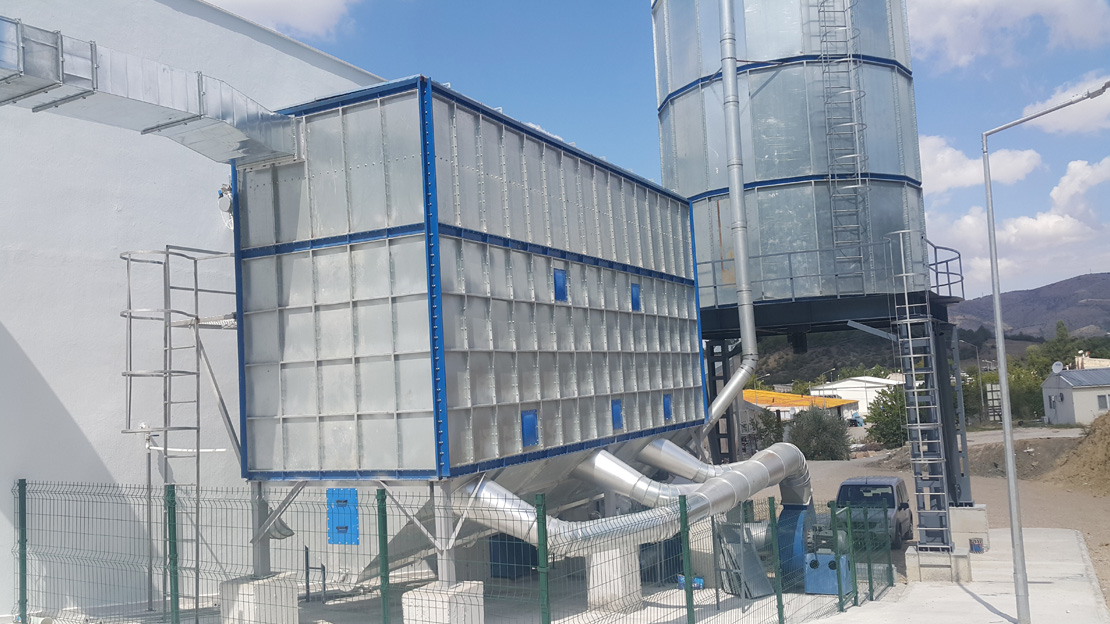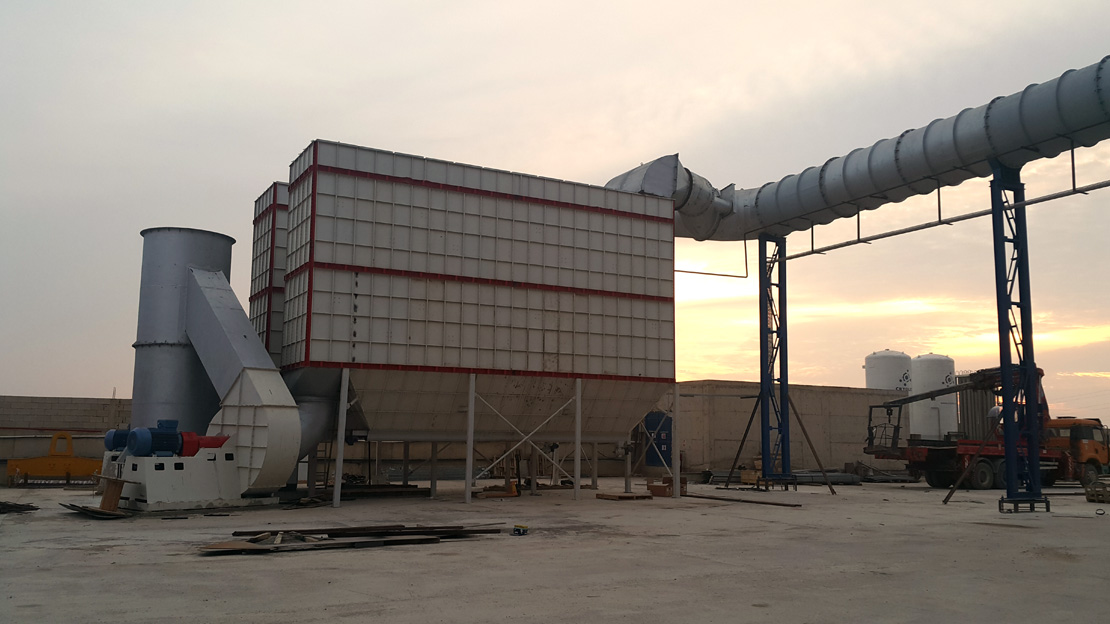








Types of Ventilation Fans Types of ventilation fans are among the topics that many people wonder recently. If you are wondering about the details about the types of ventilation fans, you are at the right place. Now let's examine all the details. Fan Applications for Ventilation Here are some ventilation fan applications that you may encounter in your daily life. Kitchen The kitchen fan in the home is usually small in size and is usually a fan with a fan that is mounted on the window or wall of the kitchen. For the wall-mounted type, you will need to drill a hole in the wall of the kitchen when building or remodeling your home. There are many types of propeller fans on the market, so it's always a good idea to procure a suitable fan with the appropriate specifications. Penthouse Attic fans are used to draw outside air into the house on summer nights when the outside temperature is lower than inside the house. In this way, the interior of the house is cooled without the use of any air conditioner. Using fans to cool the house in this way uses cold air from outside, reducing operating costs. Propeller fans are generally used with a cfm that delivers a minimum of 2 air changes per minute. Duct work can also be done connecting several rooms to the centrifugal fan. Exhaust This type of fans has a capacity of up to 80,000 cfm and is used to remove hot or corrosive fumes in places such as factories. Duct work is required for the hood application.
Consider the following factors when selecting the appropriate fans for your application. Install fans on rubber or other absorber to prevent fan noise from being transmitted to the house. The location of the fans is also critical so that they do not emit too much noise in areas such as living rooms and bedrooms. Calculate the air changes per hour and select the appropriate fans. If necessary, consult a qualified engineer to do this. Here are some parameters you will want to look for when choosing a suitable ventilation fan. Power Consumption(W) - This is the power input that will determine the electricity consumed by the fan. Current(A) - This is the current consumption of the fan. Air Volume(cfm or cubic meter/hour) - This is the most important parameter you should pay attention to. You will need to calculate the cfm requirements of the area to be ventilated and find the most suitable fan. Fan Speed(RPM) - This is the revolutions per minute of the fan. Noise(dB) - This is a measurement of the sound emitted when the fan is running. Different manufacturers will have different values. If sound is your main concern during its operation, look for a lower dB. Net Weight(kg) and Mounting clearance - Use these parameters when making the mounting hole for the wall.
Bu site çerezler kullanır. Sitede gezinmeye devam ederek çerezlerimizin kullanımını kabul etmiş olursunuz.
Daha fazlası